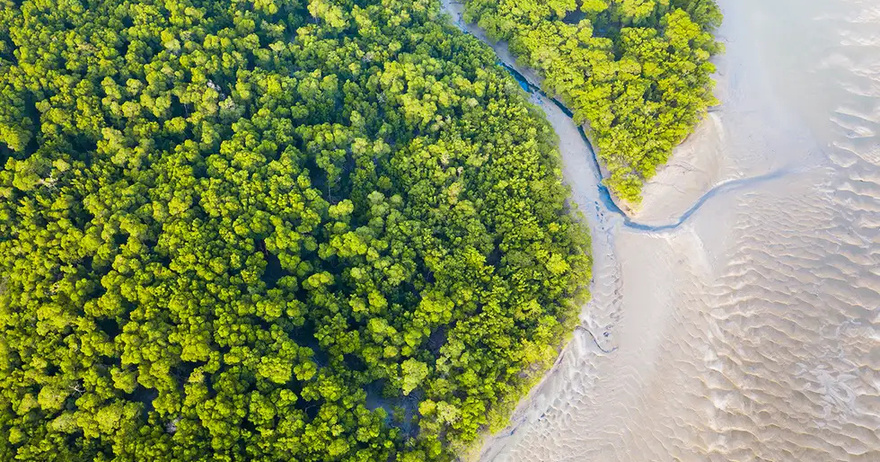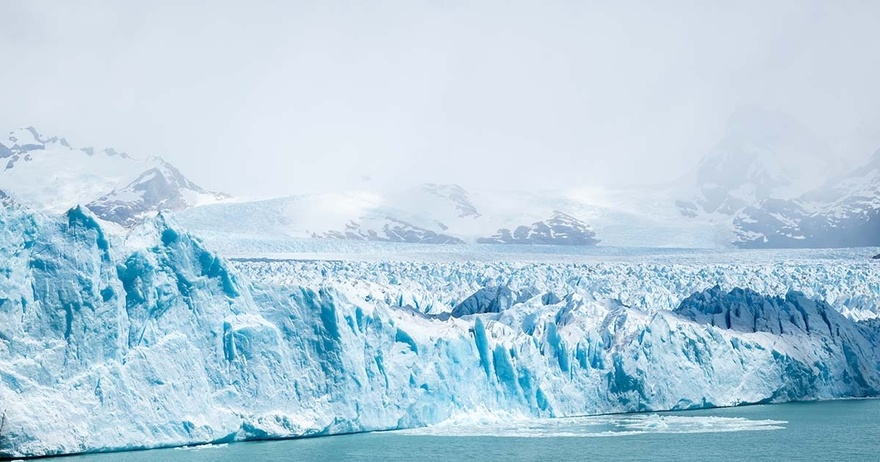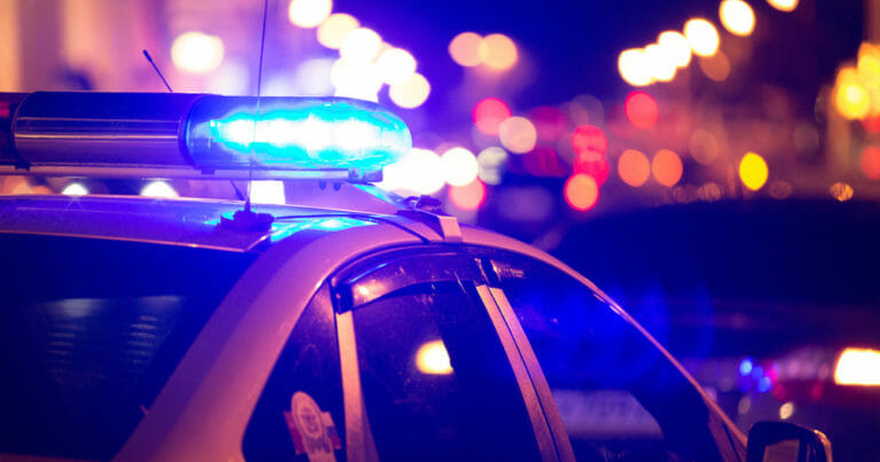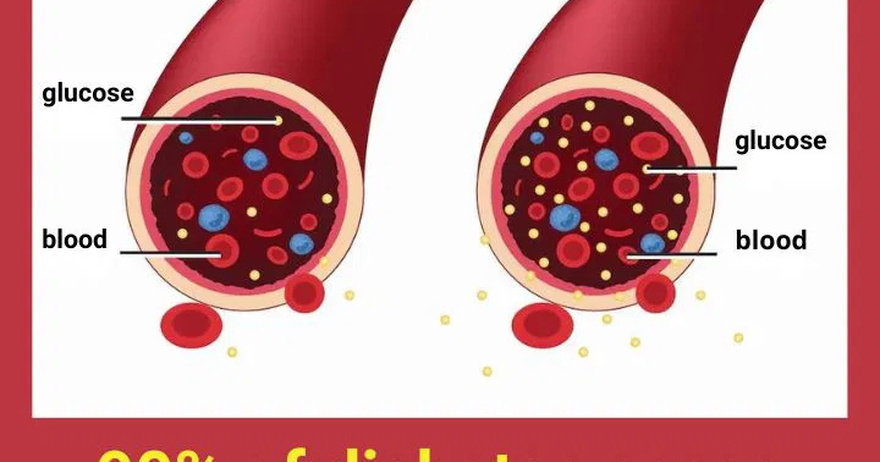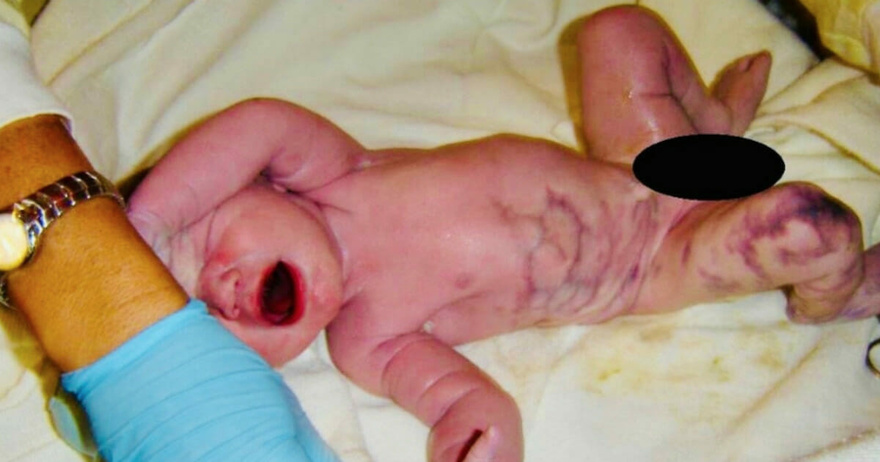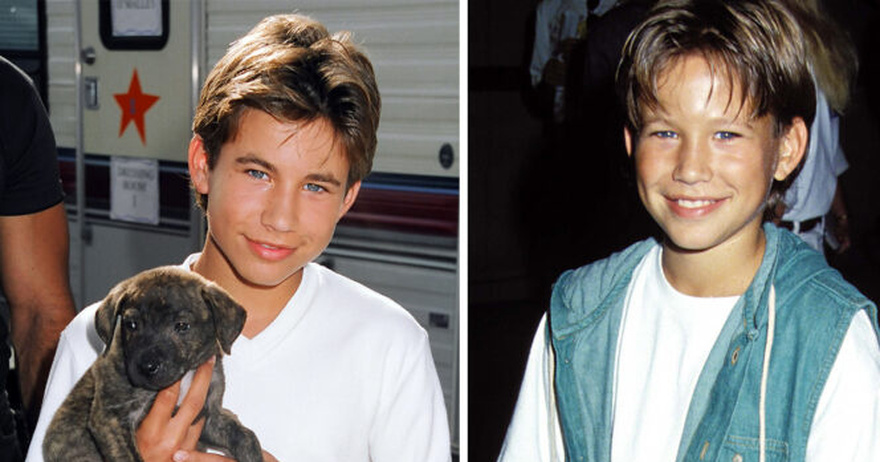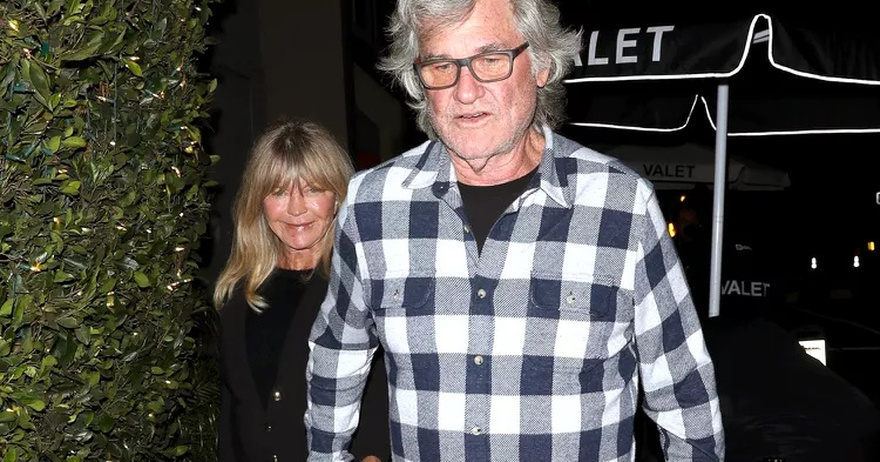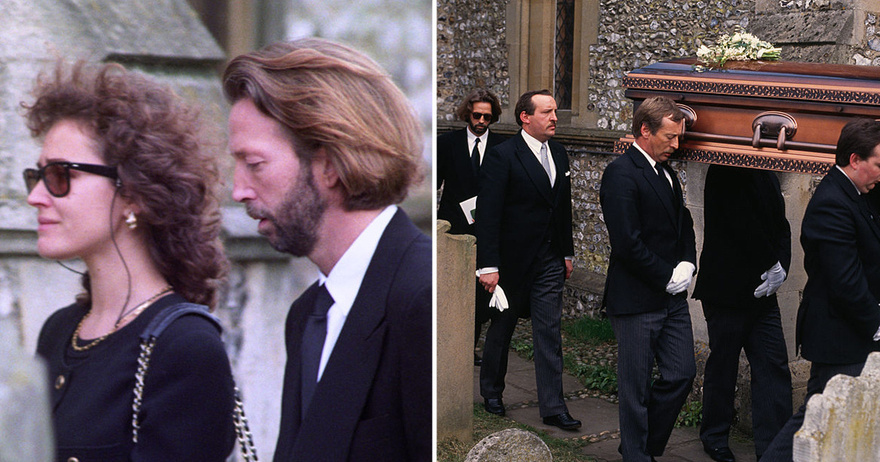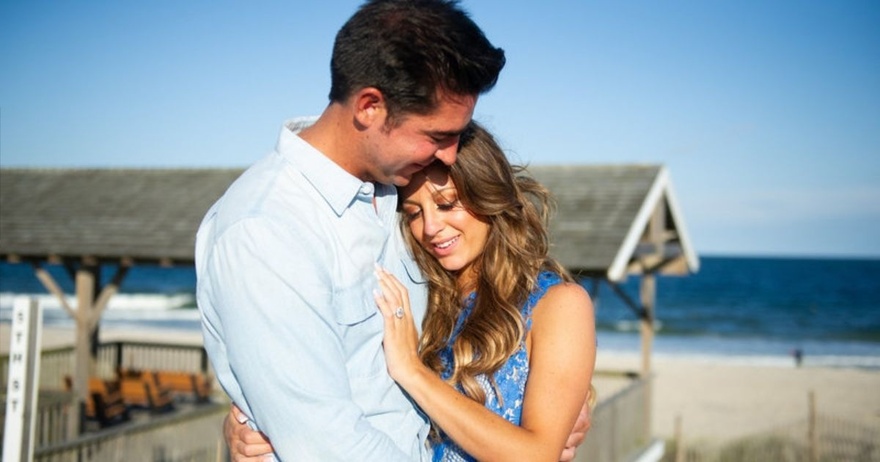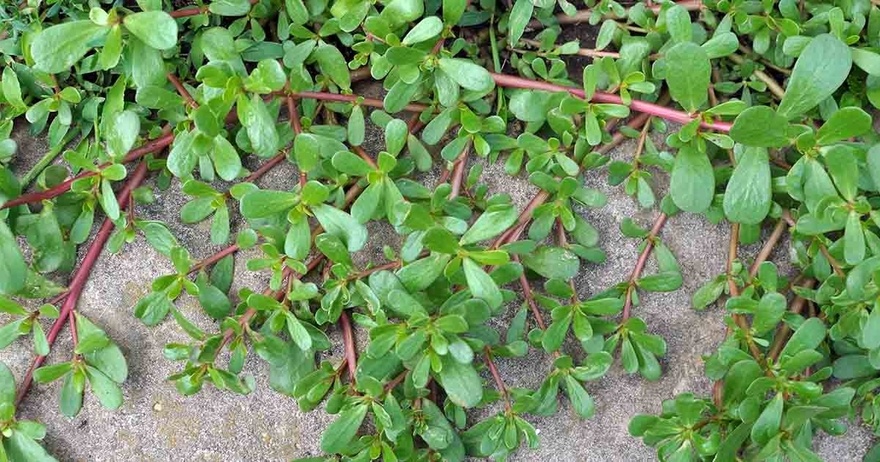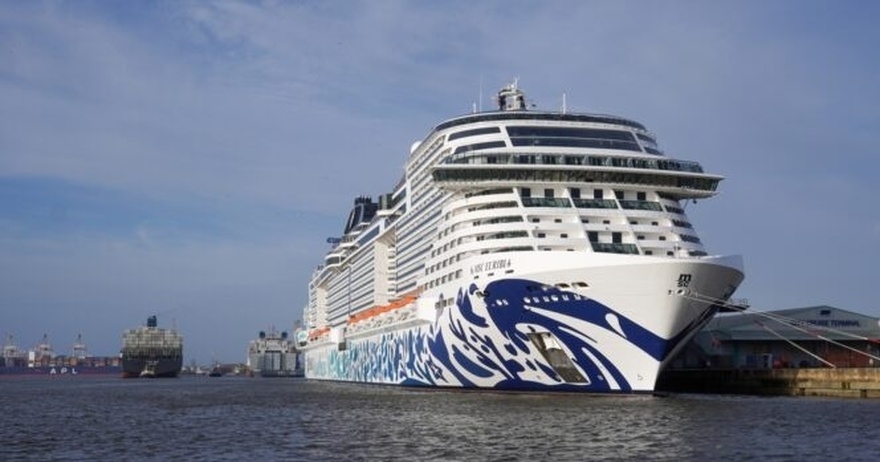At a Glance
From dangerous rip currents to venomous creatures to outrageous water temperatures, not every beach is fit for swimming.
These are the world’s beaches where visitors will want to exhibit great caution.
Sign up for the Morning Brief email newsletter to get weekday updates from The Weather Channel and our meteorologists.
Beaches are paradise getaways under the sun, with sand and surf aplenty. But some beaches are home to a number of hidden dangers and hazards that can ruin any vacation—or even potentially kill you. From the “Shark Attack Capital of the World” to “The Beach of the Dead,” here are 10 of the world’s most dangerous beaches.
Cape Tribulation, Australia – Dangerous Creatures
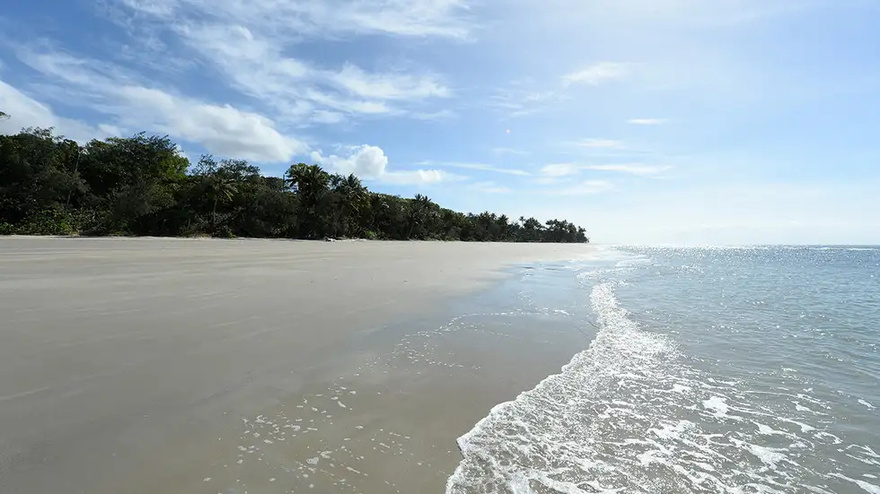
Located in northern Queensland, Australia, Cape Tribulation has a name that may serve as a warning for many travelers. The area is home to jellyfish, venomous snakes, crocodiles and cassowaries, perhaps the scariest birds in the world. Cassowaries are large, flightless birds related to emus, and can grow to weigh more than 160 pounds, according to Australian Geographic. When provoked, cassowaries can be aggressive and capable of inflicting injuries.
Hanakapiai Beach, Hawaii – Powerful Rip Currents
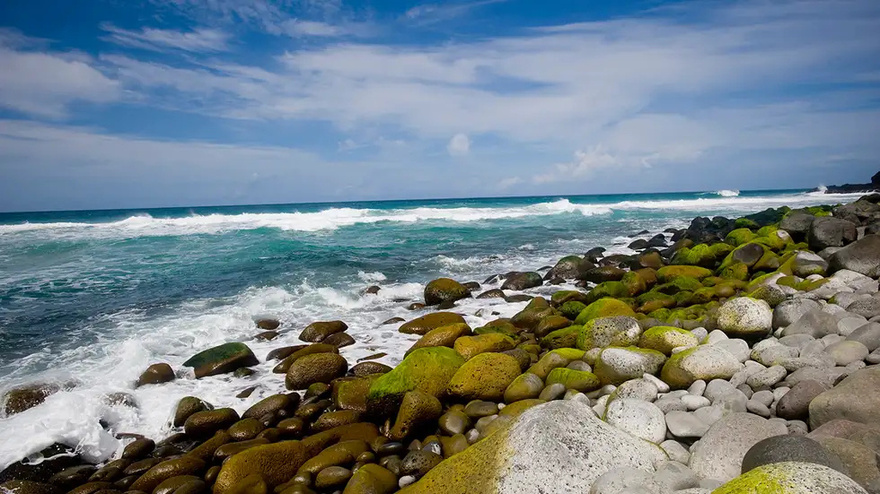
Nestled in the Napali Coast of Kauai and only accessible by the Kalalau Trail, Hanakapiai Beach is one of the most dangerous places in the world to go swimming due to powerful rip currents and waves that are known to sweep people out to sea. In the event that a swimmer gets caught in a rip current, the closest safe shore area is about six miles away. Due to these hazardous conditions, officially, at least 30 people have died in these waters, however a sign nearby is said to keep tally of the deaths at Hanakapiai Beach, and the tallies have reached into the 80s.
Gansbaai, South Africa – Great White Sharks
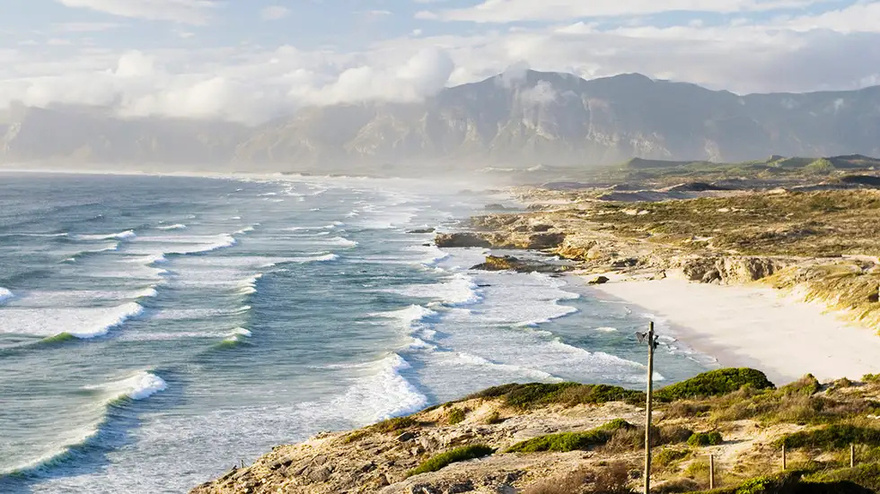
Gansbaai has been called the “Great White Shark Capital of the World” because of the sheer number of these dangerous predators found lurking off the coast. The sharks are attracted to the area by the colony of 60,000 fur seals living in the small channel of water between Dyer Island and Geyser Rock, also called “Shark Alley.” As dangerous as these waters can be, visitors can safely get up close to these scary creatures by going cage diving with a reputable tour company.
Chowpatty Beach, Mumbai – Pollution
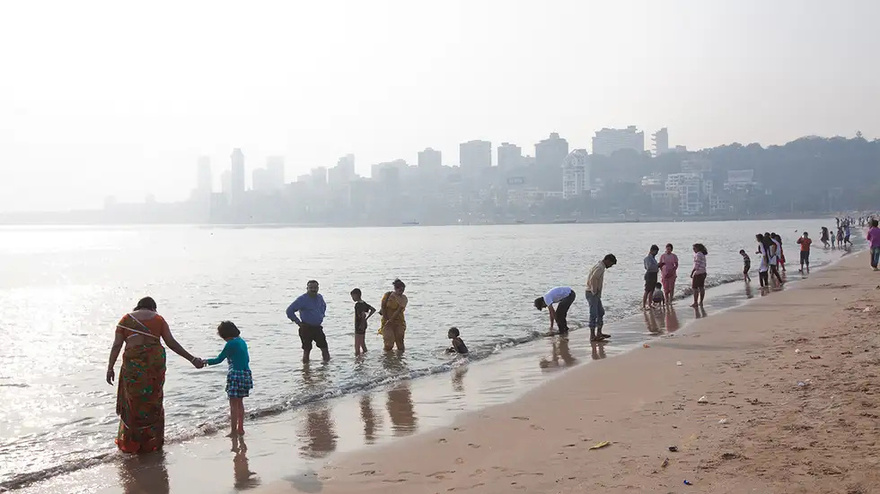
Mumbai’s Chowpatty Beach is one of the world’s most polluted in the world, making the sea here unfit for swimming. The waters are full of dumped waste and disposal from the city of Mumbai, according to Hindustan Times. The sands on this beach are typically full of garbage and debris, however, volunteers have taken it upon themselves in recent years to clean as much of the litter as possible. However, the waters remain highly polluted due to sewage discharge from the city, and the sand is contaminated as well. According to the U.S. Environmental Protection Agency, swimming in polluted water may result in illnesses, such as diarrhea or sore throats, or even more serious illnesses in children, the elderly and people with weakened immune systems.
Black Sand Beaches of Kilauea, Hawaii – Erupting Volcano
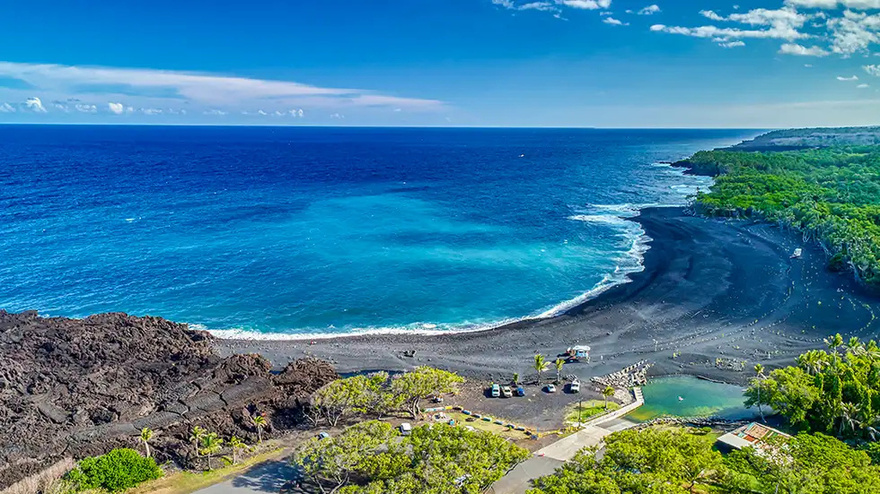
Located in Volcanoes National Park, the black sand beaches of Kilauea may seem inviting, they are also dangerous. The beaches sit next to one of the world’s most active volcanoes, Mount Kilauea, which has been continuously erupting since 1983 and spewing hot lava into the ocean. The temperatures of the water here can reach up to 155 degrees Fahrenheit, with some pockets reaching 190 degrees, according to USGS.
New Smyrna Beach, Florida – Shark Attacks
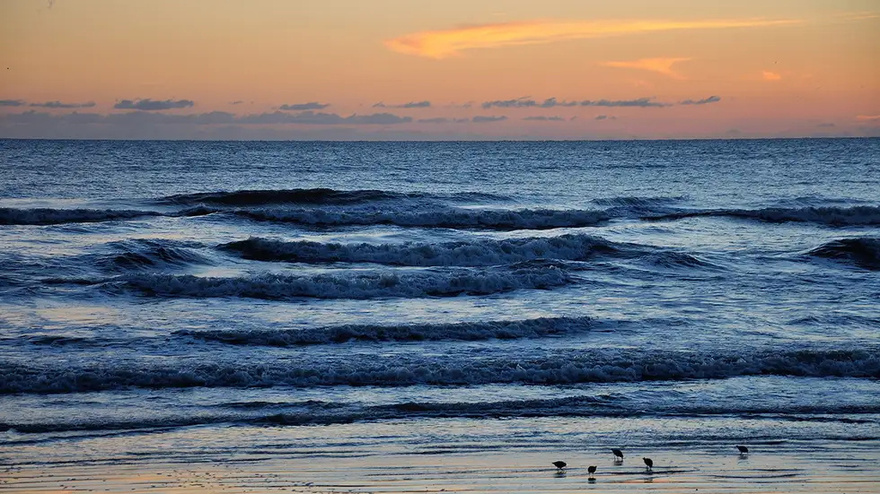
Florida’s New Smyrna Beach, while beautiful, also has a scary reputation. With a recorded 32 attacks since 2010 (twice as many as any other U.S. beach), the beach, which is located in Volusia County, has been called the “Shark Attack Capital of the World,” according to the Guinness Book of World Records. Volusia County has a popular surfing spot near New Smyrna Beach, just south of an inlet considered a fertile hunting ground for sharks. Because the surf inhibits visibility, sharks react to splashes of surfers and may bite blindly.
Fraser Island, Australia – Deadly Creatures and Rip Currents
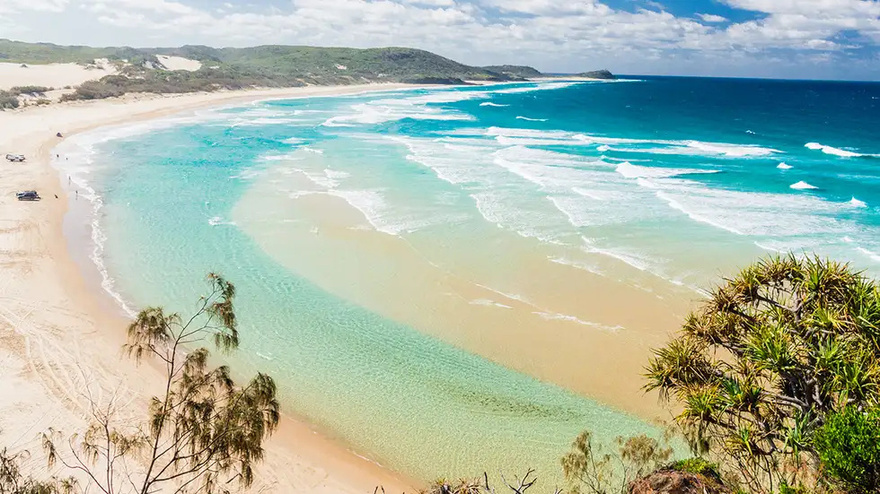
Fraser Island’s beaches are home to some of the most dangerous waters. Strong rip currents and sharks and jellyfish plague the area. Beach-goers can also run into other dangerous creatures on land as well, including saltwater crocodiles, deadly spiders and even dingoes, which can very rarely attack humans.
Playa Zipolite, Mexico – Dangerous Rip Currents
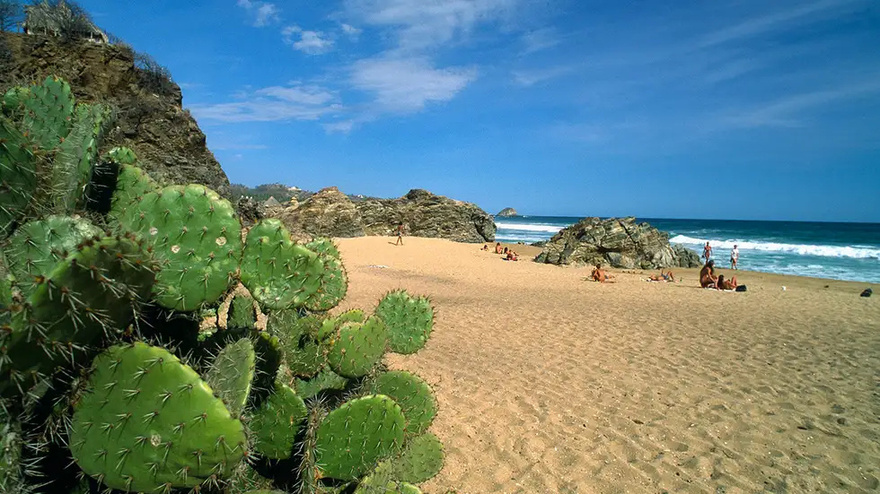
Also known as “The Beach of the Dead” (Playa de los Muertos), it’s not surprising that Playa Zipolite, located on the southern coast of Oaxaca state in Mexico, has a deadly reputation. This picturesque beach is popular with backpackers and nudists but is also notorious for its dangerous rip currents. However, a volunteer lifeguard team was established at Zipolite in 1995, which reduced the number of drownings dramatically.
Beaches of the Northern Territory, Australia – Venomous Jellyfish
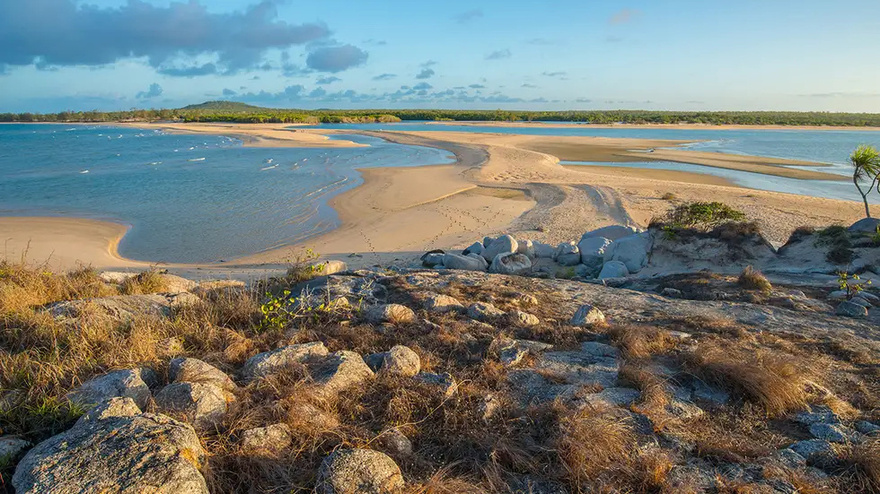
Box jellyfish are the most dangerous and venomous jellyfish in the world, growing up to 11 inches wide with 60 tentacles that can stretch up to 6 feet long. These jellyfish, which are transparent in the water, can be found in large swarms along the coast of the Northern Territory of Australia. Their sting is so painful that some victims suffer cardiac arrest before they reach the shore. According to The Independent, nearly 80 people have died from box jellyfish stings in Australia since records began.
Amazon River Beaches, South America – Dangerous Creatures
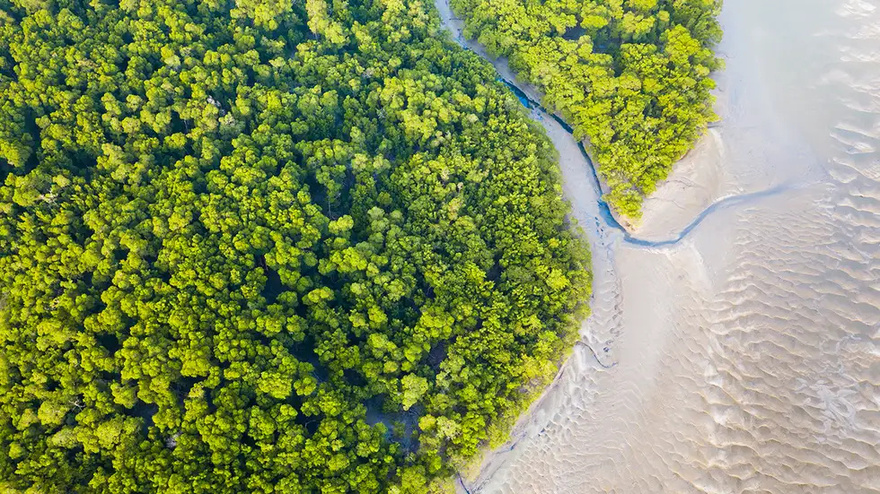
Piranhas, anacondas and electric eels are just some of the creatures visitors may encounter on a trip to the dangerous beaches of the Amazon River. The waterway is home to rich biodiversity, the richest of any river in the world. And while it’s known for its scary residents, such as sharp-toothed red-bellied piranha, the Amazon’s waters are populated by 2,500 different species of fishand many scientists believe that there are many more that have not yet been identified, according to Discover Peru.
